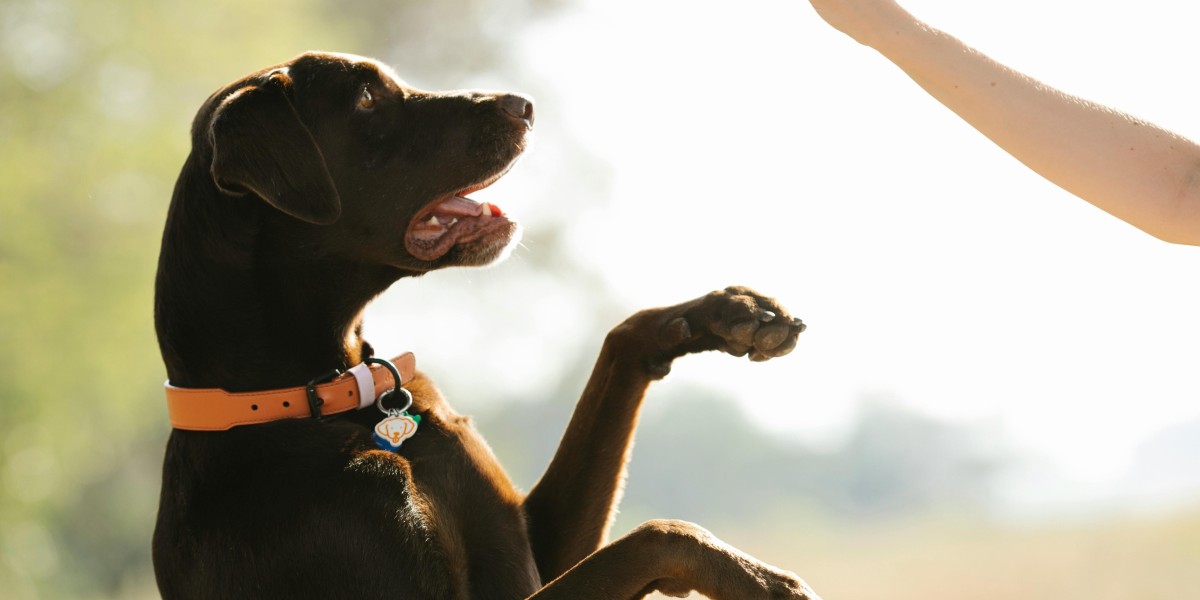Introduction
Ever wish your dog could just get you with a glance? Visual cues are like secret handshakes between you and your pup — silent, clear, and oh-so-effective. If you're diving into the world of dog training, this guide is your go-to resource for understanding and using visual cues for dogs like a pro.
What Are Visual Cues for Dogs?
Definition and Purpose
Visual cues are physical gestures or body movements that communicate a specific command or action to your dog. Think of them as sign language for your pet — quiet, precise, and incredibly helpful.
Why Visual Cues Matter in Dog Training
Dogs are naturally more attuned to body language than speech. In fact, they often respond faster and more accurately to visual signals than verbal ones.
The Science Behind How Dogs Understand Visual Cues
Dogs rely heavily on visual processing. Their ability to read body language and facial expressions is part of what makes them such amazing companions. When you use visual cues, you’re speaking in a language that’s already hardwired into their behavior.
Benefits of Using Visual Cues for Dog Training
Improved Communication
Visual cues help you “talk” to your dog in noisy environments or from a distance — no yelling needed.
Reduced Misbehavior
A dog that understands what you’re asking is less likely to act out. Clear cues = fewer problems.
Strengthened Bond
Training with visual cues requires trust and focus, both of which deepen your connection with your pup.
When to Start Using Visual Cues
Start as early as 8 weeks old, but even older dogs can learn new tricks. It’s never too late to teach visual communication.
Top Visual Cues Every Dog Should Know
Sit
Hold your palm facing upward and lift it slightly. This is a classic gesture that most dogs learn first.
Stay
Open your palm in front of your dog like a stop sign. Simple and clear.
Come
Extend your arm and bring it in toward your chest. Add a smile for good measure!
Down
Point to the ground with an index finger. Easy to follow for most pups.
Heel
Tap your side or pat your hip to signal your dog to walk close beside you.
How to Teach Visual Cues Effectively
Step-by-Step Process
Choose a cue.
Pair it with a reward.
Repeat consistently.
Fade verbal commands over time.
Reinforce with praise or treats.
Tools You Might Need
Treats
Clicker (optional)
Leash
Loads of patience
Common Mistakes to Avoid
Mixing signals
Inconsistency
Skipping rewards
Expecting instant results
Combining Visual Cues with Verbal Commands
Using both visual and verbal cues at first is a great way to ease into the process. Eventually, you can rely on visuals alone, especially in loud settings or if your dog has hearing loss.
Visual Cues for Special Needs Dogs
Dogs who are deaf or hard of hearing benefit immensely from visual cues. For these pups, hand signals are not just helpful — they’re essential.
Advanced Visual Cue Techniques
Hand Signals
You can get creative here, just be consistent. Use distinct gestures that are easy to replicate.
Body Language
Even the tilt of your head or shift of your weight can act as a cue. Dogs are masters at reading these signs.
The Role of Consistency and Patience
Don’t rush the process. Consistency and patience are your best tools. Practice in short sessions, keep things fun, and celebrate every success — even the small ones.
Real-Life Scenarios Where Visual Cues Help
In the park
During agility courses
At home during family gatherings
While traveling
At vet appointments
Expert Advice from ibelu
Looking for expert tips and advanced techniques? The team at ibelu offers trusted insights on dog behavior, training methods, and the latest tools to help your pup thrive.
Final Thoughts
Training your dog with visual cues isn’t just effective — it’s a game-changer. It improves behavior, builds trust, and makes you a stronger team. Whether you're just getting started or refining your approach, remember: every wag, every glance, and every gesture counts.
FAQs
How long does it take to teach a dog visual cues?
It varies, but with daily practice, most dogs pick up basic cues in 1–2 weeks.
Can older dogs learn visual cues?
Absolutely! Age doesn’t matter as long as you’re consistent and patient.
What if my dog ignores visual cues?
Go back a step, use treats, and practice in a distraction-free environment.
Are visual cues better than verbal commands?
Not better — just different. Use what works best for you and your pup. Combining both is ideal.
Can I create my own visual cues?
Totally! Just make sure they’re clear, consistent, and easy for your dog to see and understand.






